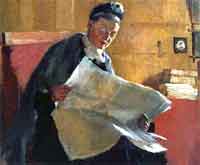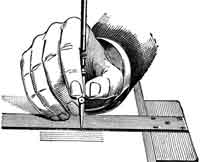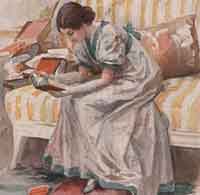
Why do moths eat wool?
Found to be closely related to butterflies, moths are usually named as heterocera, primarily to place distinction between the two creatures. It was in 16th century that the terms maggot and midge are used interchangeably to refer to a larvae. It was then adapted and the word, moth, was developed as an original word of the Common German language. Although the existence of moths has caused major fallbacks in the aspects of agriculture and cultivation, it was found to have a significant role in the production of silk. Until today, the manufacturing of silk continues to thrive in the business industry as it gives great attribution to the presence of moths. Indeed, it has brought wondrous significance to the most economies of many countries all over the world.
However, one kind of moth has been widely known to cause damage to household linens, especially those that are made of wool. This kind of moth is also called as clothes moth, which feeds on clothes, as its name bears it. Naturally, moths that are fully grown do not eat wool; instead it only functions in the production of eggs. The main culprit of clothing and carpets being damaged is the caterpillar or the larvae of moths. Since the caterpillar exists only to eat and grow, it feeds on wool to make a case out of it, where it can reside. As the caterpillar of the tapestry moth eats into wool, it makes a series of tunnels which it lines with silk. When full-grown, it goes into one of these tunnels and stays there until it is ready to come out as a moth.
It is important therefore, to air out and brush off those clothes to make sure no eggs or moths are laid on them.











Leave a Reply